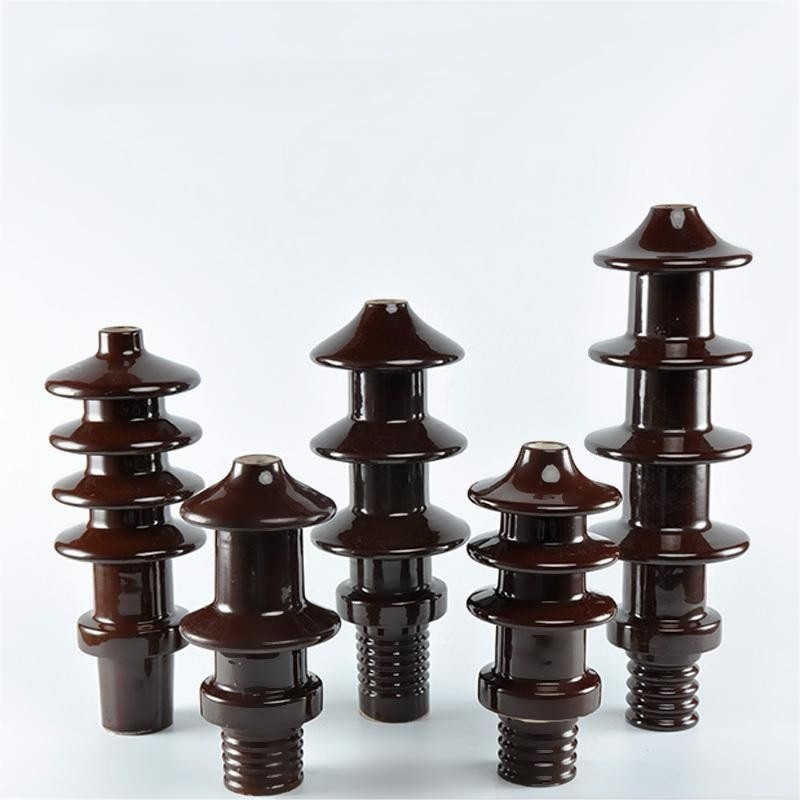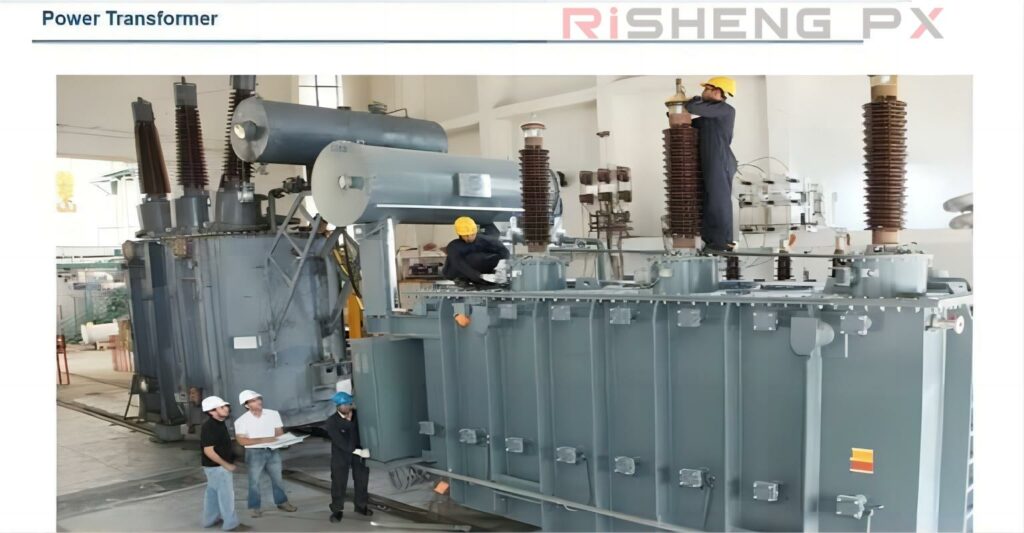Uncategorized
Transformer Bushing Selection: A Guide for Engineers
Engineers responsible for power systems often face the challenge of selecting the most suitable transformer bushings for their applications. This article provides a practical guide to help engineers understand the key factors in transformer bushing selection and make informed decisions.
1. Understanding the Application
The first step in transformer bushing selection is to understand the specific application and requirements. Questions to consider include the voltage level, current capacity, and any special operating conditions (e.g., high temperatures, vibrations).
2. Material Considerations
Transformer bushings are made from various materials, each with its own set of properties and advantages. Common materials include glass, ceramic, and composite materials. The choice of material should balance electrical performance, physical strength, and durability.
3. Insulation and Dielectric Strength
Insulation and dielectric strength are crucial factors in bushing selection. Engineers must ensure that the bushing has sufficient insulation to withstand the rated voltage and prevent dielectric breakdown. Knowledge of the dielectric strength of different materials is essential.

4. Current Capacity
The current capacity of the bushing must be sufficient to handle the expected levels of electrical current without overheating or experiencing excessive voltage drop. Engineers should consider factors such as resistivity, thermal properties, and physical dimensions when evaluating current capacity.
5. Environmental Factors
Transformer bushings must be able to withstand the environmental conditions where they will be installed. This includes factors such as moisture, dirt, temperature extremes, and exposure to various gases or pollutants. Engineers should select bushings that are rated for the worst-case environmental conditions expected.
6. Installation and Maintenance Considerations
The ease of installation and any subsequent maintenance requirements should be taken into account during the selection process. Engineers should choose bushings that require minimal installation effort and have easy access for future maintenance or replacement.
In conclusion, selecting the right transformer bushings is a critical decision that requires careful consideration of multiple factors. By following this practical guide, engineers can ensure that they choose bushings that meet their specific application needs, providing reliable performance and safety in power systems.


